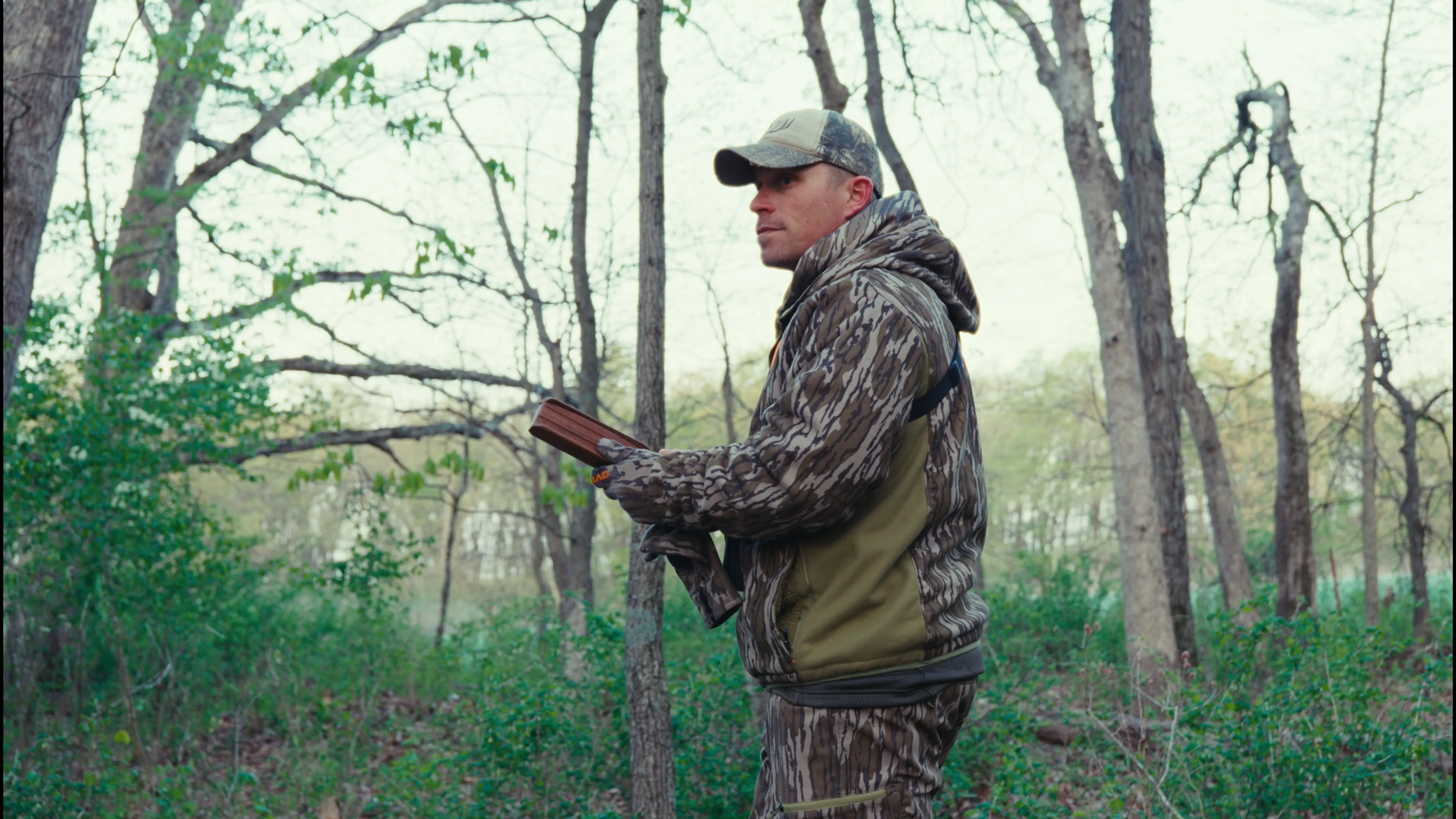Turkey Calling Masterclass with 3X NWTF Calling Champion Billy Yargus
Master Turkey Calling to Become a Dominant Turkey Hunting Force
For any hunter who wants to hunt turkeys, being able to call in longbeard gobblers is a required skill. Turkeys have incredible hearing and vision, so your calling ability can make or break a hunt. If you want to consistently kill these mature, wary birds, you must dedicate time to improving turkey calling skills across various call types. Mastering mouth calling and learning to orchestrate coordinated calling sequences with multiple calls is a huge step towards dominance in the turkey woods. This comprehensive guide covers multiple pro tips for better turkey calling to elevate your hunt success.

The Versatile Turkey Mouth Call
Long revered as one of the most effective turkey calling tools, the mouth call is a must-have for any hunter looking to improve turkey calling skills. The primary benefits are its hands-free operation, allowing you to keep your gun at the ready, and its ability to produce a wide range of vocalizations with subtle mouth inflections.
Mouth Call Tips:
- Take the longest mouth call reed and place it against the roof of your mouth, using your tongue to control vibration and raspy sounds.
- Don't just rely on your throat to make sounds - project air from your diaphragm muscles for louder, more carrying turkey yelps and cuts. Watch your abdomen move as you call.
- Master the natural inflections by nailing the high-pitched start to a yelp, transitioning into a raspier, deeper-toned ending. This replicates a real hen's physiology.
- Incorporate realistic intermittent calling elements like clucks, purrs, cackles, and pauses to avoid sounding robotically repetitive. Vary tempos too.
As you gain experience with mouth calls, you can incorporate advanced techniques to kick realism into overdrive:
- Use one side of your tongue to make more advanced turkey sounds like kee-kees, crisp yelp-cuttts, and smooth yelp-cutt transitions to mimic an extremely fired up hen.
- Project your yelps louder at specifically timed intervals to "shock" a gobbler into gobbling, raising their fight-or-flight instinct to breed.
- Try "throwing" your calling right or left as needed to steer an approaching gobbler towards your decoy setup.

Friction Calls: The Other Essential
While mouth calls are the most versatile turkey call, having a reliable pot/box call is essential for mixing up your calling approaches. Friction calls are able to achieve a volume that is difficult to replicate with a mouth call. If you are trying to locate a gobbler or reach one that is far away, a box call or loud pot call is a must-have. Also, using a friction call along with a mouth call allows you to convincingly play the role of multiple hens in your hunting scenario which can be the difference maker if you have a wary gobbler or one that already has hens with him.
Friction Call Tips:
- Use longer striker strokes against the outer edges and keep the soundholes fully open to produce incredibly loud, high-volume yelping and cutting.
- Go softer by partially obstructing the soundholes and using gentle, short motions. It is better to be good at calling quietly than loudly.
- Always ensure the striker motion goes from the glued/crimp area out towards the bevel edges to replicate the natural tone and inflection changes of a realistic yelp.

Sequencing: The Calling Game Within the Game
More than just knowing how to call turkeys, the most consistently successful hunters have mastered the art of sequencing their vocalizations properly over the course of a hunt. Turkey calling is a conversational game - mixing and matching the right vocalizations at key moments based on gobbler behavior and positioning is a massive advantage.
Here are some proven calling sequence strategies:
- Start with simplistic soft tree yelps at first light to mimic birds preparing to fly down, switching up to louder mouth calling and cutting when feet hit the ground.
- Flip intermittently between mouth calling and striking a pot call, keeping sounds unpredictably dynamic to pin a gobbler's interest.
- If a gobbler starts drifting one way or another or hanging up, get aggressive with loud cutting and yelping to trigger either a fight or breeding response to recharge his approach.
- Conversely, go silent for periods to eliminate the possibility of over-calling or allow a gobbler to relax and slowly close distance.

World-class callers intimately understand the nuances of wild turkey behavior and can orchestrate calling sequences specifically designed to trigger hard-wired reactions every step of the way. There's no substitute for time spent actually calling turkeys in the field to improve and ingrain skills. Take advantage of every opportunity to call - you'll gain invaluable experience in reading turkey language and reactions. The most accomplished hunters remain students of the game by constantly tweaking mouth and friction call methods, developing a conversational catalog of call sequences for any scenario. With a commitment to improving turkey calling prowess, each spring will bring more welcomed thunderous gobbles and fill more tags.



